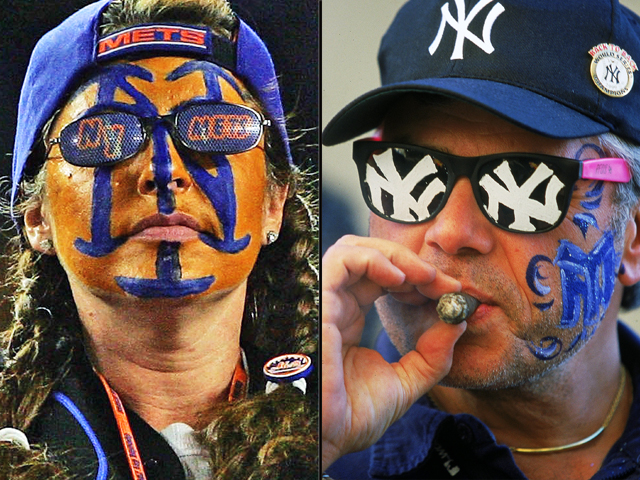What to Know
- Opioid overdose deaths continue to rise across the US, with young people and black people seeing among the biggest rises from 2015 to 2016
- In a year, opioid overdose deaths jumped by hundreds of people in New York and Connecticut; data for New Jersey wasn't available
- Across the US, deaths from synthetic opioids more than doubled in a year; authorities blame the rise on illegally made fentanyl
America’s overdose epidemic is spreading geographically and increasing across demographic groups, including in the tri-state, according to CDC analysis of 2015 and 2016 U.S. data.
In a report published Thursday, the CDC says increases in drug overdoses occurred across genders, ages, races and ethnicities, as well as across cities, small towns and suburbs.
“No area of the United States is exempt from this epidemic,” CDC Principal Deputy Director Anne Schuchat said in a press release.
In 2016 alone, overdoses killed 63,632 Americans, with 66 percent (42,249) of those deaths involving a prescription or illegal opioid, the CDC says.
From 2015 to 2016, some of the biggest increases in opioid deaths were seen in men ages 15 to 24 (36.7 percent) and in black people (56.1 percent). Young people between ages 25 and 34 were among the hardest hit, with a 33.5 percent increase in deaths. And double the number of men died from overdoses in 2016 than women (27,642 men and 13,079 women).
Local
Overdose death rates have also climbed in every type of geographic location, from the smallest towns to the largest cities. For example, large central metros like New York City saw an increase of 33 percent as small metros saw an increase of 18.2 percent.
Across the country, drug overdose death rates increased by 21.5 percent, with prescription opioid-related deaths rising 10.6 percent and heroin-related deaths rising 19.5 percent. The starkest increase was deaths from synthetic opioids, which more than doubled from 2015 to 2016.
SYNTHETICS
The CDC blames the rise in synthetic opioid overdose deaths on an increase in illicitly manufactured fentanyl. Authorities have said most of the synthetic opioid overdoses over the past few years haven’t involved prescription fentanyl, but illicitly-made fentanyl that is mixed and sold as heroin or counterfeit pain pills.
The death rates from synthetic opioids were highest in New Hampshire, West Virginia and Massachusetts, while the death rates from heroin were highest in West Virginia and Ohio. Prescription opioid death rates were highest in West Virginia, Maryland, Maine and Utah, the CDC says.
All three states in the tri-state experienced a statistically significant increase in overdose deaths between 2015 and 2016; New York saw a 32.4 percent rise; New Jersey saw a 42.3 percent rise; and Connecticut saw a 24 percent rise.
NEW YORK STATE
The number of people who died from opioid overdoses in New York jumped from 2,166 in 2015 to 3,009 in 2016.
The number of prescription opioid deaths went from 895 to 1,100, while the number of heroin deaths went from 1,058 to 1,307.
Meanwhile, the number of synthetic opioid deaths skyrocketed from 668 to 1,641 – a change of 151.5 percent.
CONNECTICUT
In Connecticut, the number of people who died from opioid overdoses jumped from 685 in 2015 to 855 in 2016.
The number of prescription opioid deaths went from 243 to 264, while the number of heroin deaths went from 390 to 450.
Again, starkest was the rise in synthetic opioid deaths, which soared from 211 to 500 – a change of 142 percent.
NEW JERSEY
New Jersey was not among the 31 states analyzed by the CDC for the report. But CDC data shows that 1,454 people died of all overdoses in the Garden State in 2015, a number that jumped to 2,056 in 2016.



